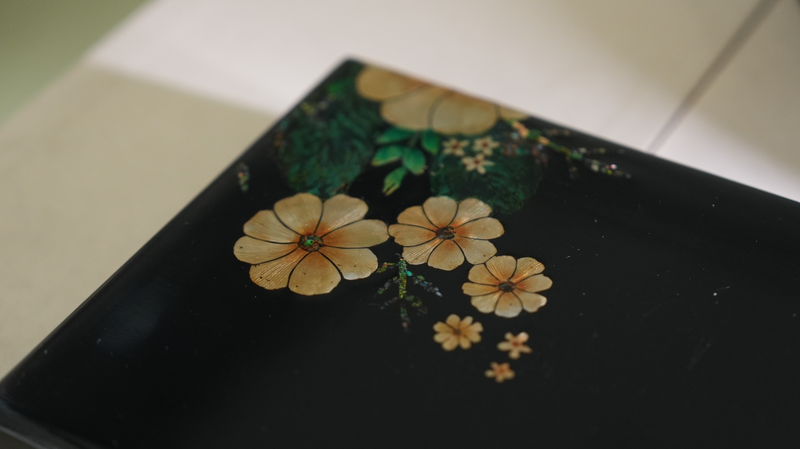From the heart of the Chinese mainland’s Sichuan Province emerges Chengdu lacquerware, an art form tracing its roots over 3,000 years to the Shang and Western Zhou dynasties. In 2006, it was among the first traditions inscribed on the Chinese mainland’s national intangible cultural heritage list, highlighting its vital role in world art history.
Artisans begin by applying dozens of layers of natural lacquer onto wood, bamboo or linen bases. The piece is then transformed through four signature techniques:
- Silver-thread gloss engraving: etching designs onto silver foil before sealing under translucent lacquer.
- Carved, color-filled motifs: carving recesses, filling them with tinted lacquer, then polishing to a smooth finish.
- Hidden-pattern carving: placing foil in shallow carvings and sealing it under transparent, mirror-like lacquer.
- Needle-point engraving: etching fine details onto the final polished surface.
The result is a delicate, jade-like texture that captures traditional motifs—flowers, birds, auspicious beasts and landscapes—while balancing form and function. Each piece blends natural mineral pigments with gold, silver or mother-of-pearl for a unique visual impact.
Chengdu lacquerware journeyed along the Silk Road during the Han and Tang dynasties, sharing its elegance with audiences across Asia and beyond. Today’s designers fuse ancient craftsmanship with modern aesthetics, embedding this 3,000-year legacy into sustainable home decor, fashion accessories and collectible souvenirs.
For travelers, creatives and digital nomads, Chengdu lacquerware offers more than a souvenir—it’s a window into the fusion of tradition and innovation that defines global cultural exchange. Next time you explore world art trends, let the lustrous sheen of Chengdu lacquerware inspire your own story.
Reference(s):
cgtn.com




